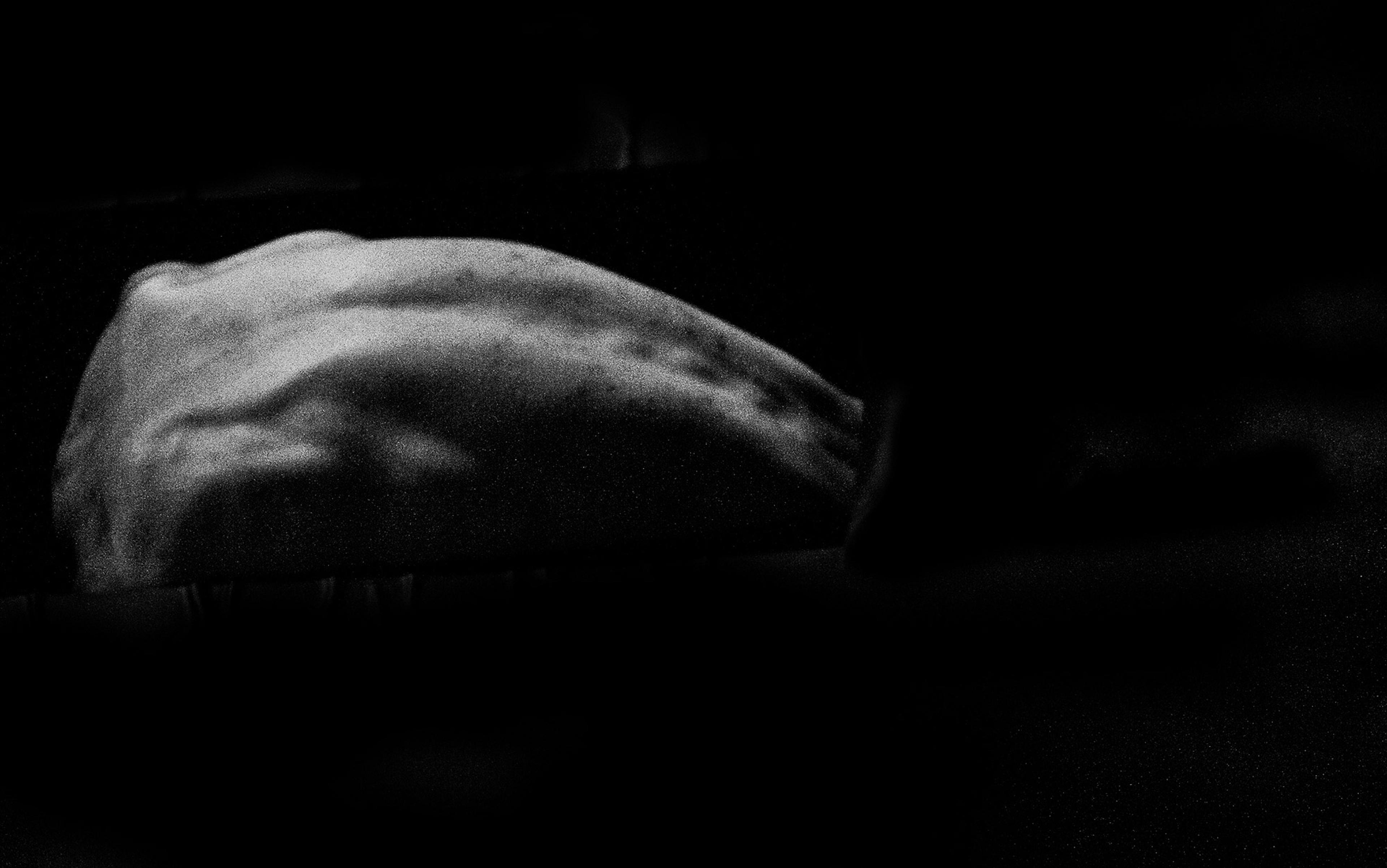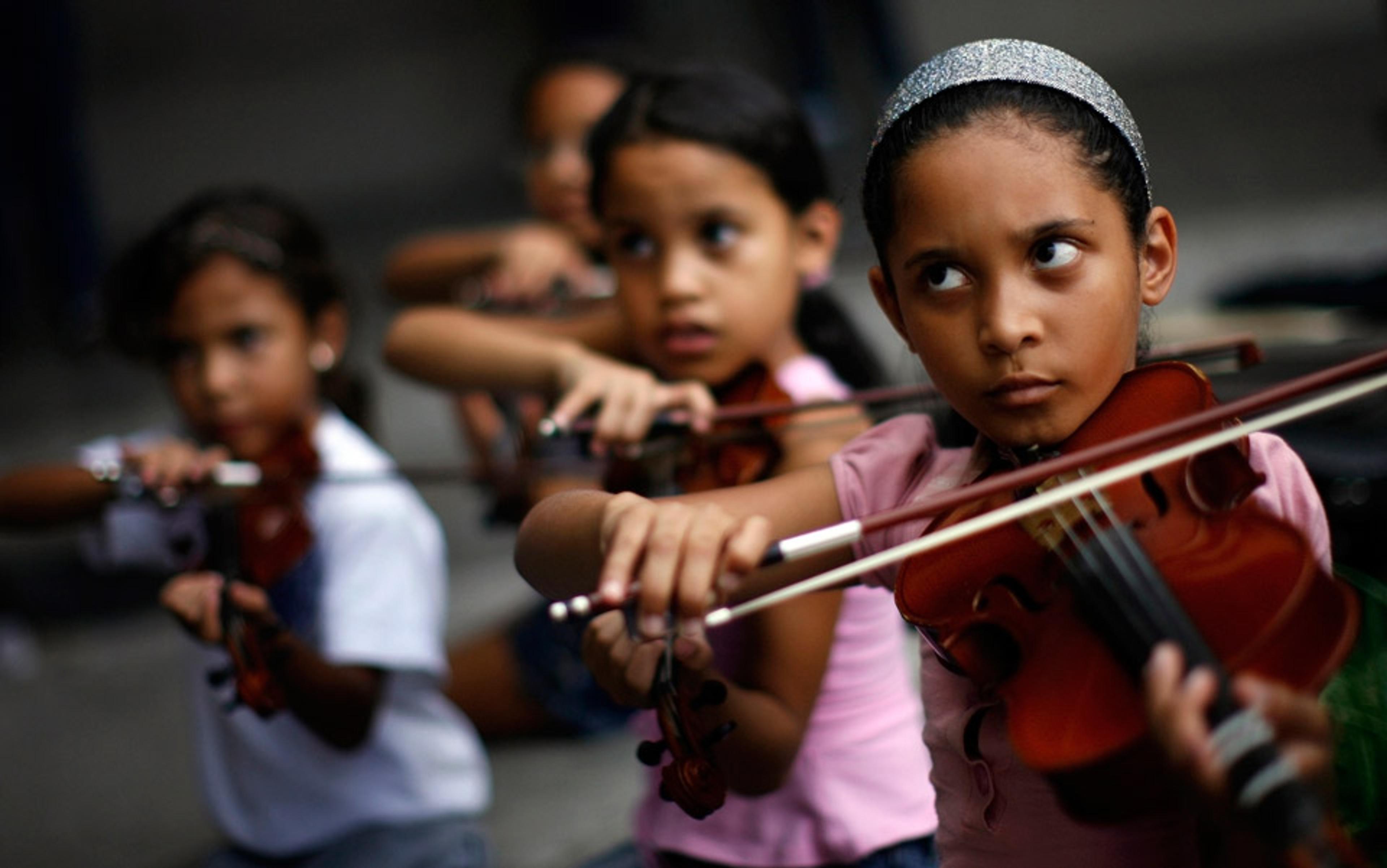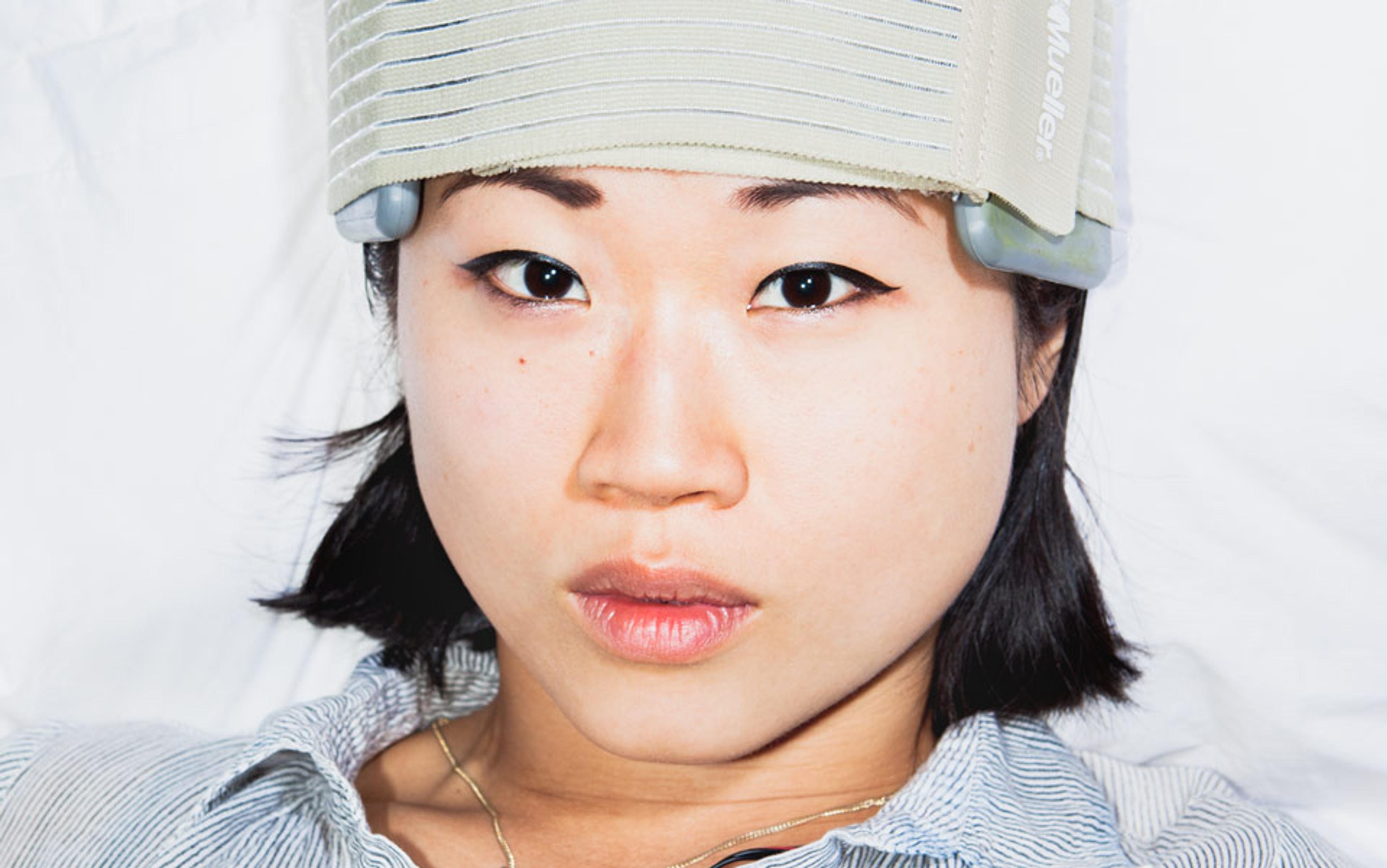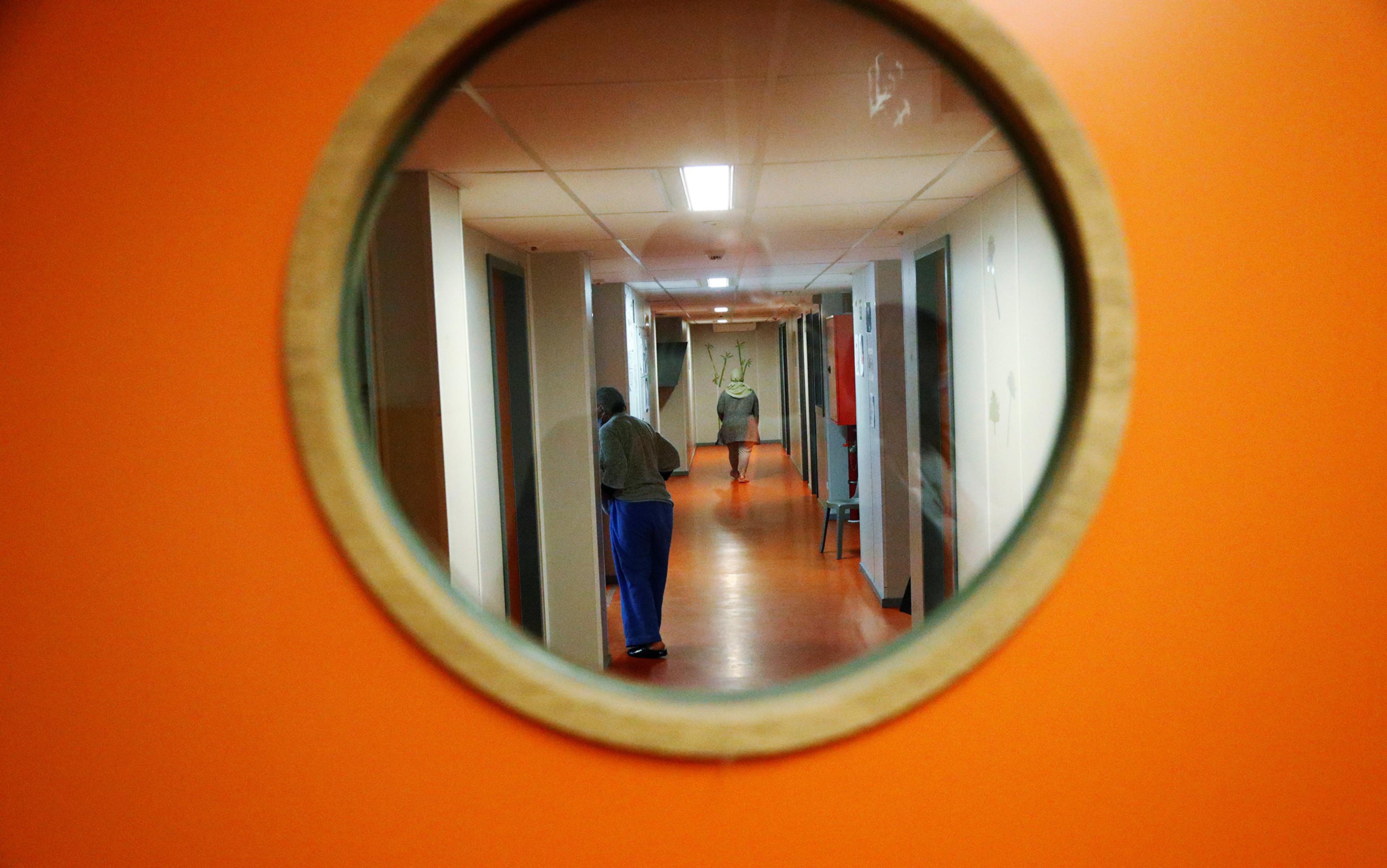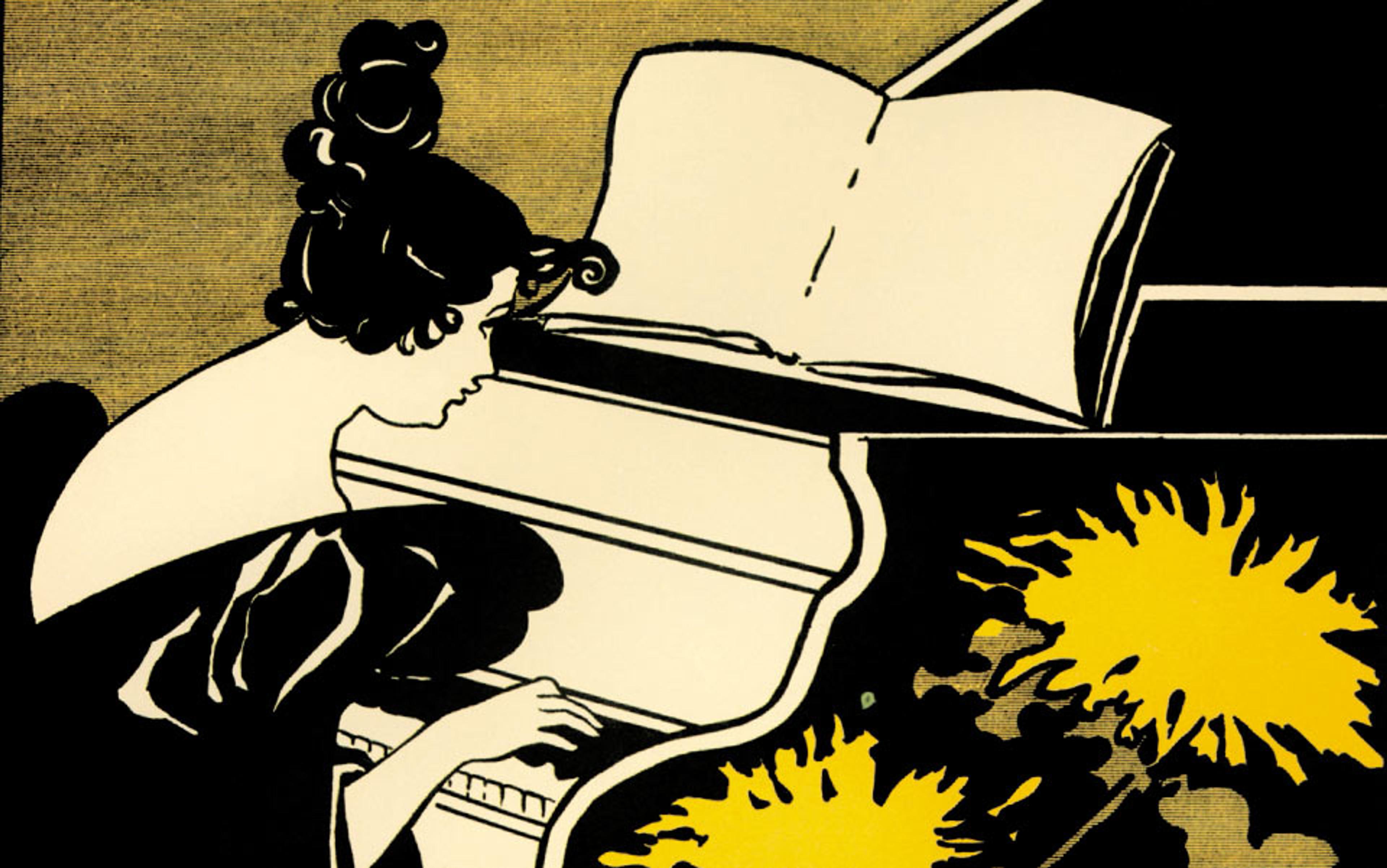‘All movement has a direction, and that direction obeys a motivation that is accompanied by an emotion.’
– from Limitless: How Your Movements Can Heal Your Brain (2016) by Joaquín Farias
The morning after performing the concert of my life, I could no longer play the flute. The pinky and ring fingers of my left hand failed to cooperate with what my mind wanted to do – I couldn’t work the keys. The harder I tried, the more my fingers curled into a claw, stuck in spasm. Even stranger: no other activity was affected. I could type on a keyboard with the same facility as usual and play scales on the piano with unimpeded finger action.
The concert, the capstone of my master’s degree in historical performance at the same university where I’d worked as a palliative care physician until 2019, was in March 2020 – among the last before the COVID-19 lockdowns. My weird finger problem seemed small compared with the unfolding pandemic.
I initially opted for self-diagnosis, starting with a medical process called a ‘rule-out’. For instance, I ruled out a stroke. Otherwise, why did I have symptoms only when I played? I ruled out an injured hand. I couldn’t remember hurting or straining it. I had no pain, no history of arthritis, and no wrist, arm or shoulder movement limitations: no numbness or tingling. I could air-play an invisible flute with virtuosity; only a real one induced the symptoms. My other hand worked fine. I felt well.
So I ruminated on other possibilities. Had my brain-finger circuity become unglued or rewired? What was the origin of the spasming – my hand or my mind? Was this an issue of age? Of nerves? I found myself confronted with a problem that my background as a physician could not make sense of.
From another musician, I learned that my experience was not unique. This trusted colleague speculated I might suffer from musician’s focal dystonia. I was embarrassed that I had never heard of it. I soon discovered that I might have a disorder that has plagued some of the world’s most famous musicians. The 19th-century German composer and pianist Robert Schumann was thought to have dystonia, based on his letters to friends, and used a weighted contraption to strengthen a rogue finger. In his diaries, Glenn Gould, known for contorted body postures at the keyboard, described symptoms in his left hand and arm as if writing the definitive dystonia textbook. And Leon Fleischer, after years of misdiagnosis and a right hand frozen into a claw (he played the piano with one hand instead!), brought worldwide attention to dystonia in musicians as never before.
The term ‘dystonia’ is rooted in the Latin prefix dys, or difficulty, and tonus, meaning tone or tension. It refers to involuntary disruptions in muscle tone that cause spasms and shakes. It has been divided into many categories and subtypes, depending on the body parts affected and the age of the person when it began.
Primary focal dystonia affects specific muscle groups and does not connect to an underlying medical problem. It seemingly comes out of nowhere, and otherwise healthy people have it. Persons can experience, for instance, an imbalance in the neck muscles called cervical dystonia or torticollis. The neck pulls in one direction while the opposing muscle, usually working to keep our gaze forward, stays inert. Imagine a situation where your neck is drawn to the right against your will whenever you speak or walk.
Task-specific focal dystonia is related to repeating a physical action, like trilling a note on a keyboard. Smaller muscles working in refined ways seem most vulnerable. The precise movements characterising the muscle actions of archers (target panic), tap dancers, runners, hairdressers, golfers (the yips), musicians, and computer programmers are found among people living with dystonia. Musicians seem particularly susceptible: as many as one or two in 100 are affected, usually professional players in their 30s or 40s.
I thought I could practise my way out of the problem. Then I would try to play
I was a musician long before I was a doctor. Returning to the flute was a gradual build, rediscovering long-dormant musical chops. My skills were dusty but acceptable and, to my delight, I was welcomed into the music community at the university. I play the baroque flute, a light and airy instrument with a woody hollow sound whose heyday was 17th- and 18th-century Europe. Despite a simple design – a series of unadorned tone holes ending with one key on the foot joint – the baroque flute has an astonishing capacity. With the correct technique, musical colours and textures are shaped by limitless combinations of airspeed, embouchure (combined action of the tongue, mouth and breath), and the light toggling of fingers over the holes. Timbres can be guttural and raspy, liquid or penetrating. Retaining control of the range is like a sprinter at the start, combining Zen and quick-twitch readiness. Tensions from muscles seen and unseen can translate into disaster, amplifying as rhythmic blips, technique malfunctions or a quivering, undisciplined sound.
At first, I thought I could practise my way out of the problem. Each morning, I pretended all was well. Then I would try to play. The hand spasmed and shook with barely a touch to the instrument. Had I forgotten how to play? Days went by, then weeks.
After several months of denial, my search for answers began with a walkabout to various medical subspecialists – a neurologist, a hand surgeon, and a primary care physician. All were kind, attentive listeners, and outstanding clinicians. But I began to understand how few solutions the medical community had to offer. They told me dystonia was incurable and to switch to another instrument – for a musician, the equivalent of being advised that I could always have another child. They told me about illnesses I did not appear to have. Although I always brought my flute and offered to demonstrate, no one seemed interested in observing me while I played. As soon as it was clear that my problem did not match up with their therapeutic solutions, I was passed off like a hot potato to the next practitioner. And no doctor asked me how I was doing, even though I was now living in the wreckage of my falling-apart musical life.
Not everybody who studies and treats dystonia agrees on the cause or solutions. The medical literature reveals a disorder that for decades has existed in the hinterlands between psychological and neurological. Descriptors such as ‘elusive’, ‘perplexing’, ‘intriguing’, ‘baffling’, ‘fascinating’ and ‘enigmatic’ pepper the research – signifiers that a unifying theory has yet to be discovered. On one side is the exploration of dystonia as a physical expression of internal mental conflict or defences (hysteria, neurosis); on the other, the search for identifiable structural changes in the brain. One focuses on subjective experiences and personal history, emphasising personality traits; the other aims at diagnostic precision primarily using scientific techniques like brain imaging. Neither approach in isolation has satisfactorily explained the complexities of the disorder, or why some people get dystonia and others don’t, despite similar personal characteristics, genetics or environmental conditions. This remains a mystery.
Steven Frucht, a neurologist and a musician’s dystonia specialist (one of very few in the United States), bristles at reducing dystonic movements to a matter of opposing muscles ignoring each other: ‘That is a wild oversimplification.’ Frucht is the director of the movement disorders programme at NYU Langone Health in New York City and a classical violinist, and has worked with dystonia patients for more than 25 years. I spoke to him recently about the current state of dystonia treatment. He thinks it’s a matter of brain programming. ‘This is a software problem,’ he said. He sees the growth of functional brain imaging with PET and MRI brain scans as game-changing in understanding dystonia as a neurological disorder. (In a nutshell: they stick a musician in a brain scanner and watch what happens to the pictures of the brain while they play.) Brain imaging has allowed researchers to resolve previously held assumptions about the structural location of dystonia in the brain. New research describes disruptions in conductivity between the parts of the brain involved in the execution of fine motor control. In other words, there is no one dystonia locus in the brain – it’s more like the brain communication network is stuck on autopilot, like being forced to ride back and forth in perpetuity on a subway car with no way to exit.
Frucht conducted a 2021 study looking at the use of tiny doses of botulinum toxin (aka Botox) injected directly into the offending muscle. ‘It’s the refinements in how to use toxin, how to localise injections, and how to choose the muscles, that have changed how we treat it,’ he said. He found that musicians regain some of the balance in muscle activation without creating muscle weakness when botulinum toxin (BoNT) is used in microdoses, with a booster dose given a few weeks later. ‘If you create weakness in the muscle [BoNT is a paralytic agent], you have overdosed the patient,’ Frucht said.
It is rare for musicians to regain their full playing capacity after a Botox series
The bigger-picture downside of BoNT injections for musicians, according to Frucht, is that there are only two people in the US whom he trusts to have the level of technical expertise required for musician’s focal dystonia (MFD): one is at New York University, and the other at the Mount Sinai Hospital, also in New York City. (Frucht does not inject limbs himself.) Another complicating factor is that the Federal Drug Administration does not approve BoNT for use in upper-limb dystonia, only for cervical and eye dystonias, so insurance will not cover the cost to patients in the US.
Frucht points out that BoNT injections, considered by the medical community to be the primary therapy for dystonia, are no panacea for MFD. It is rare for musicians to regain their full playing capacity after a BoNT series. He has found that pianists respond better than violinists, who rely on subtly executed micromovements of the hand. ‘A quarter of a millimetre is everything,’ Frucht said.
As for me, it has been two years since that big concert and my approach, partially rooted in temperament, has been to find the least invasive, least risky alternatives – so no BoNT. Instinct told me to go slow. So I learned to juggle (three balls). I entered a Bollywood dance contest (I lost). Improved my exhale. I learned hand exercises: two minutes slowly rotating my left thumb. I am back to practising in short stints but have learned to put the flute away at the first signs of fatigue or hand tension. Simply put, I am learning how to calm down.
During the COVID-19 lockdown, I discovered a web-based dystonia recovery platform started in 2018 by Joaquín Farias, the director of the Neuroplastic Training Institute in Toronto and adjunct faculty at the University of Toronto. Farias, who has a doctorate in biomechanics and a master’s in neuropsychological rehabilitation, has been observing and analysing patients with dystonia for 25 years and has written two books on the subject. His website houses a smorgasbord of mostly movement activities meant to help a body rebalance a frayed nervous system. Every day, I try out another offering – I might, say, work on the curated set of exercises, or learn Shaolin kung fu. But mainly the site has helped me cope with feelings of loss and isolation.
Farias is a passionate guy. Get him going, and he will talk for an hour about how the brain connects our movements, emotions and thoughts. He is 50, compact, fit, and seems perpetually on the go. Our several conversations were squeezed into his intense patient care schedule and work on expanding the platform. I caught him, on one call, during a brisk walk in his native Spain. For him, the mystery of dystonia is understanding inciting events, the shock that kicks off a dystonic response. His life work focuses on uncovering common threads, and finding a unifying theory, regardless of the dystonia type.
Farias does not see dystonia as an illness to be cured or tethered to a trauma diagnosis. He veers from standard approaches that medicalise personal characteristics into a set of dysfunctions to be managed. Instead, he analyses dystonic responses as a state of perception, like autism, a condition of ‘being, living, and feeling the world’. In his book Limitless (2016), he observes that his patients seem to ‘live in a state of overstimulation’, as if their internal clock has been sped up. The book is a summation and analysis of hundreds of patients and goes well beyond persons with MFD. His profile of the typical dystonia patient is hyperalert to environmental dangers, often ‘brilliant’, and ‘very determined’. He muses that the primitive dystonic would be the one not eaten by a tiger. His patient care goal is to unwind and reset.
Here’s what I remember most about my experience of dystonia: a pervasive feeling of fatigue, strange sensations of detachment from my hand – like a phantom limb; unexplained bouts of nervousness; vague anger; a bloating pain as if my stomach was lodged permanently in my throat. I blocked friends from asking too many questions, my face reading: I am a trigger warning.
Farias observes in his patients that all dystonias, regardless of the type, produce non-movement symptoms – some more than others. Commonly he sees patients with sleep issues, rashes, dizziness, menstrual problems, autoimmune conditions, and food sensitivities. He recommends patients be checked by a medical doctor for underlying problems, particularly endocrine and digestive issues.
He theorises that symptoms beyond movement stem from ‘dysautonomia’ of the nervous system. In other words, changes in the brain producing dystonia can also cause derangements in bodily functions, like digestion and sleep. ‘It is difficult to say at this point how non-motor symptoms can be a consequence of a dysregulated nervous system. It makes sense as a clinical observation, but the mechanisms are not yet completely understood. More research is needed,’ he tells me in an email.
On our last call, we spoke about botulinum toxin. ‘I am not against it,’ he said. ‘Botox only affects the muscle; it has not been demonstrated that it affects any other aspect of the condition.’
Flow and ease can be the most challenging part of recovery
According to Farias, BoNT could help certain patients if surrounded by a host of supportive interventions – including mental health and the retraining of body biomechanics. Botox should be used well, and well means ‘injecting the right muscle that needs to be injected, and no more,’ Farias said. He tells me he sees far too many people asking for help after a lousy injection experience, and worries that focusing on a pharmaceutical-based solution to dystonia has kept the field from progressing.
During the height of the pandemic, I attended a Zoom seminar he hosted, along with, among others, a 19-year-old cellist from the Juilliard School in New York who has a deranged vibrato and an uncooperative fourth finger, a professional classical guitarist with a frozen curled pinky, a 35-year-old IT specialist who was forced to type with only her index finger, and a 17-year-old high-schooler whose illegible scribblings could be accomplished only by moving her entire arm. All were under the care of a neurologist and had been through one or several courses of BoNT injections. I was the relative newcomer with a year of dystonia; others had had it as long as 10 years. The seminar toggled between sharing stories and Farias working with each of us, masterclass style, peeling back layers of compensations and disordered movement patterns. When you were not the one under his scrutiny, it felt like watching brain surgery from an observation deck.
It is the compensatory movements that Farias wanted us to recognise in ourselves the most. For musicians, relying on changes in body positions to correct dystonia, in the hand, for instance, can alter playing technique in ways that can be difficult to reverse over time. I remember watching Farias dissect the Juilliard cellist’s hand position. Her dystonic habit was to muscle her uncooperative finger into pressing too hard into the cello’s strings. The extra tension created a stiff forearm, which forced her to use too much of her shoulder to play. This extra work made her neck hurt. ‘The pain in her neck tells me about the compensation happening in her shoulder,’ Farias said. It did not take her long to gas out with fatigue. She beamed frustration toward us like a beacon from a ship stranded at sea.
Flow and ease can be the most challenging part of recovery because it requires developing the habit of intentional, slow and mindful movement. This mindset can vex musicians who are often trained to build their technique by whipping difficult musical passages into submission. Farias had the group make slow circles with the thumb – five in one direction, five in the other. He encouraged us to breath calmly. ‘Compensations are worse when the movements are fast. Don’t let yourself jump ahead mentally,’ he warns.
Treating a movement disorder with movement is the foundation for Farias’s dystonia recovery platform. The thumb exercise we did in the seminar is from the platform’s series, designed for people with any dystonic hand problem – writers, keyboardists, musicians, golfers. Farias believes in regulating communications between brain pathways that have disengaged, much like an electrical relay station with a powerline down. The goal of movement exercises is to extinguish faulty lines between the brain and the hand, rewiring healthy motor patterns.
Farias prevents platform participants from racing ahead and bingeing on a series of those faulty lines all at once. He enforces a slow go, meant to rein in skittish internal selves. ‘To tame a wild horse, you need to approach it slowly,’ he told seminar participants.
While Farias is busy tackling the impacts of classical dystonia, Anna Détári, a music psychologist and professional musician (flute), has built her research career around deconstructing the assumptions of music education, hoping to debunk entrenched beliefs about training musicians. A recovered dystonia sufferer from oromandibular (better known as embouchure) dystonia defined by muscle spasms in the jaw, Détári’s academic work focuses on the prevention side, an area where the medical profession remains silent.
If I were an elite athlete, I would be surrounded by a multidisciplinary treatment team: a psychologist, a physiotherapist, a massage therapist, and a doctor. Musicians are often compared with athletes, but that may be lip service where the medical team is concerened. For musicians, it is often catch as catch can, and treatment approaches diverge when dealing with injuries, Détári explains.
For one thing, a dystonia diagnosis is often shrouded in secrecy, as if naming it out loud will cause it to morph from a ghost-like malady into a doppelgänger, wreaking havoc on professional careers. Musician training relies heavily on the master-apprentice model, in which musical knowledge and technique are passed to a trainee like a holy act. Relationships with music teachers can be intense and exclusive. Pedagogy is delivered without much quality control. Music educators are rarely taught functional biomechanics, and often use their bodies to demonstrate correct positioning and stance, regardless of the physical particularities of a student. Orchestras and other professional musical settings rarely serve as a point of access to team-based care for an injured musician.
Musicians with dystonia will unconsciously change their body shape to preserve the integrity of the sounds
Perfectionist thinking, thought to be associated with dystonia, is a pre-requisite for entry into elite playing, with the expectation of a ‘clean’ performance as the virtuoso’s signature. Researchers speculate that classical musicians are especially susceptible to dystonia, as opposed to jazz or other genre musicians, because of the limitations placed on personal expression by scored music and the pressures to carbon-copy recordings of famous players.
The musician’s brain is its own microcosm. Sounds collected by the ear scatter like fairy dust into the auditory somatosensory loop and reconfigure, some musicians will say, as colours, or work their way into the breath, or into physical sensations deep in the core. Eckart Altenmüller, on a call with me from his office at the University of Music, Drama and Media in Hanover, Germany, explains this phenomenon contextualised to MFD. Altenmüller was trained as a neurologist, and the singular focus of his 30-year career has been to understand the effects of music on the brain. Search for academic articles on MFD, and his name is almost always on the list of authors.
Musicians with dystonia will unconsciously change their body shape to preserve the integrity of the sounds they hear, according to Altenmüller. ‘Compensation is not about the muscles, it’s about the auditory representation of the piece,’ he said. ‘The only thing that the musician’s brain wants is to play a nice tune – the stiffening of the wrist, or lifting of shoulders, it’s all the brain’s motor system, trying to provide a nice fingering.’
He divides his time among patient care, brain research and running the university’s institute of music physiology and musician’s medicine. When he was late for one of our calls, it was because he’d been caught up in a conversation with a patient about treatment options for dystonia. In recent years, Altenmüller has shifted his focus from trying to rid the world of dystonia to managing its effects with brain retraining. He estimates that roughly a quarter of his patients are good candidates for BoNT injections and, even then, works to persuade them to enter the multidisciplinary retraining programme at the institute.
‘You must be very clear that, when you change the motor system, you also change the perception of the hand,’ he explains. ‘I think every patient needs to work on retraining.’ Like Farias, he now recommends, instead of BoNT, vocal training, singing and yoga for embouchure dystonia, for instance. ‘I have quite a lot of patients who had a crisis for even longer than a year and who came, completely recovering, out from the crisis,’ he said.
I tell him about my own experience with dystonia recovery.
‘People won’t say this exactly, but dystonia can be interpreted as a failure of talent,’ I said. ‘It’s like you’ve been kicked out of a club.’
‘Yes, exactly. I want to help my patients to overcome this,’ he replies.


